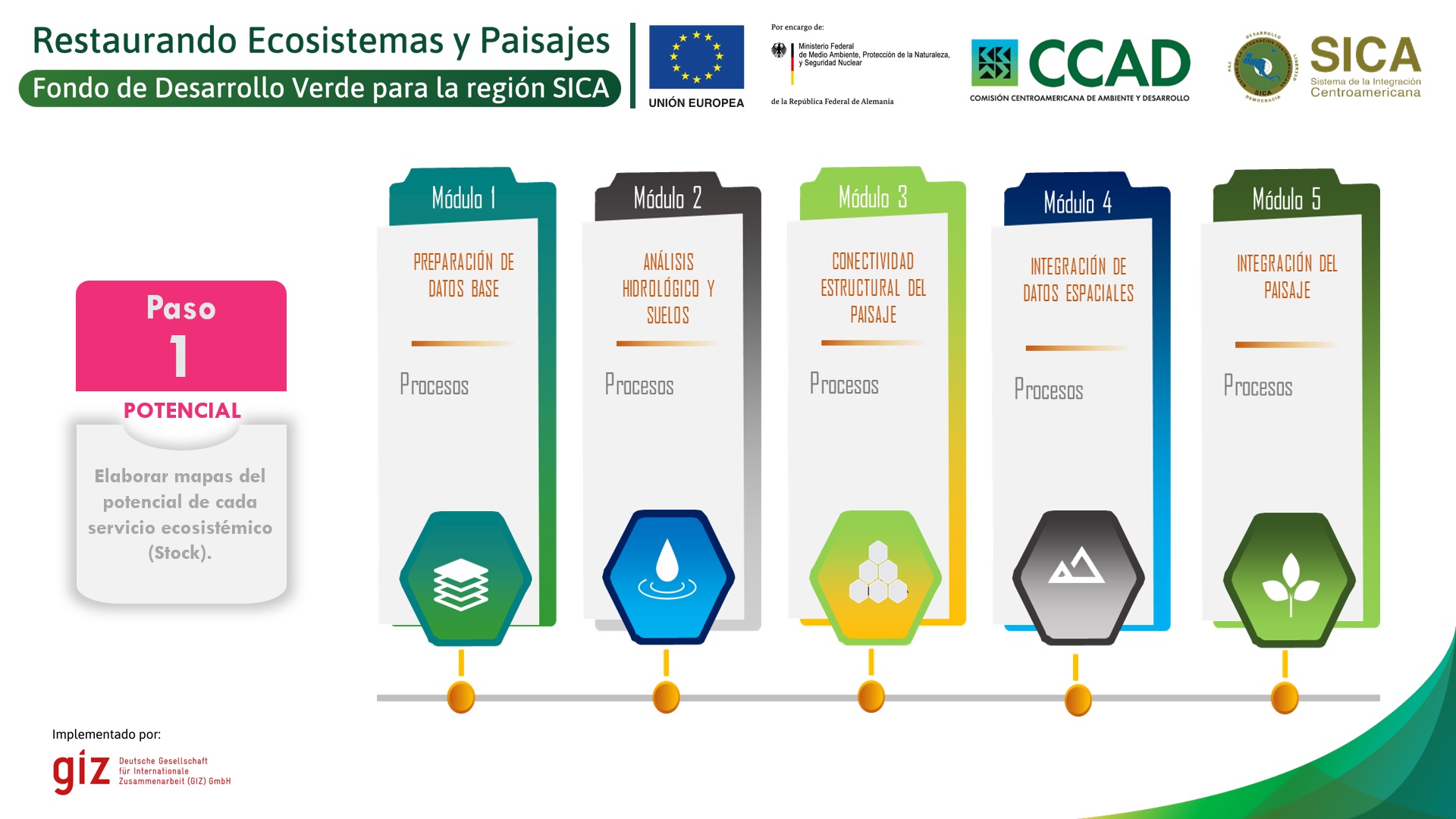A success factor for the solution was the use of historical information, such as published documents and the institutional knowledge of the Community Helper, to identify the needs of each agroforestry plot. With this information, the people who produce and have plots with similar nutritional needs were efficiently grouped together. In addition, it was important to evaluate and record the physical and chemical characteristics of the soil, as well as to record the plant species established in the coffee plots in the zone. These evaluations were necessary to identify the available inputs for the production of biochar. Subsequently, and evaluating the information obtained, personalized enrichment plans were designed, with the purpose of increasing the productivity and quality of the coffee, seeking to respect, as far as possible, the deep-rooted uses and customs of production.
